Najran Province
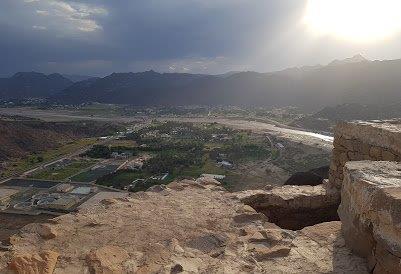
Raom Fortress
Built by the Yemeni army when it invaded Najran in 1348 AH, to use it as a Monitoring and Raiding point, It was chosen due to its strategic situation and difficulty in reaching it. Height is about 450 meters, and remained unchanged until the Yemenis were defeated by the Saudi army led by King Saud.
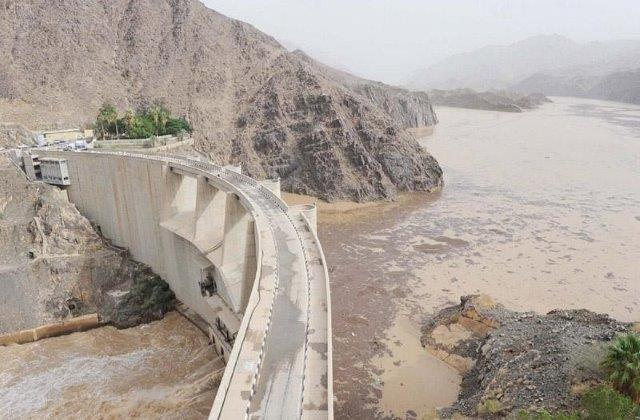
Najran Valley Dam
is one of the most important and largest valleys in the Arabian Peninsula, and its tributaries come from the Hijaz Mountains and extends 180 kilometers to the east from its mouth on the plains where it ends in the sands of the Empty Quarter. The average width in the plains is 1000 meters.
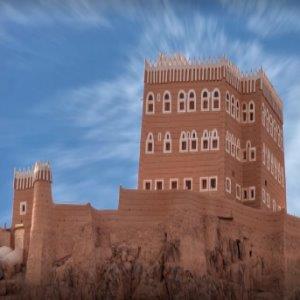
Aan Palace
Built in the year 1100 AH of clay on the foundations of stone in an architectural style. Located at the top of Mount al-An, and is one of the most prominent cultural and heritage landmarks in the region for its magnificence and picturesque form.
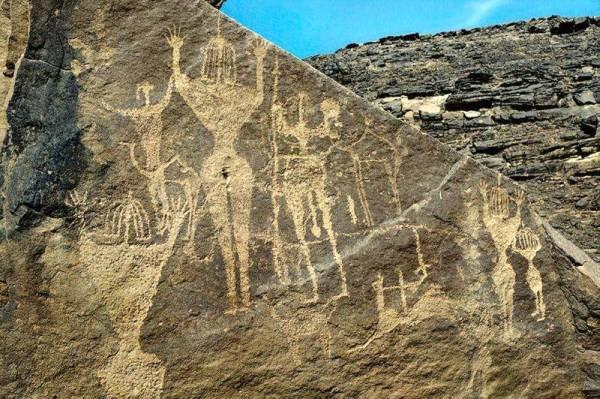
Hema Wells
Researchers confirm that (Hema) includes most important sites of rock art in the Kingdom, as there are more than 13 sites that contain fees for hunting and grazing scenes and human forms It was painted larger than normal size, and many wore a hood on the head, while the beards of men appeared clear and around the neck of the human figures.
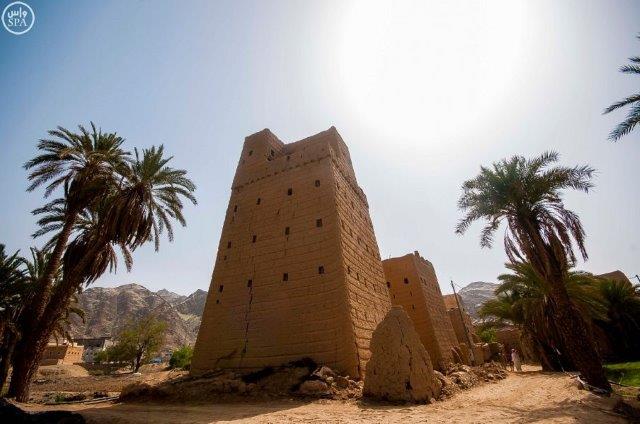
Badr Castle Territory
It is located in the northwestern part of the Najran region, on the borders of the Asir region, It has an area of 4200 km, and is characterized by its beautiful location, which is about 3000 feet above the ground level, as well as its climate, and it is filled with many historical sites.
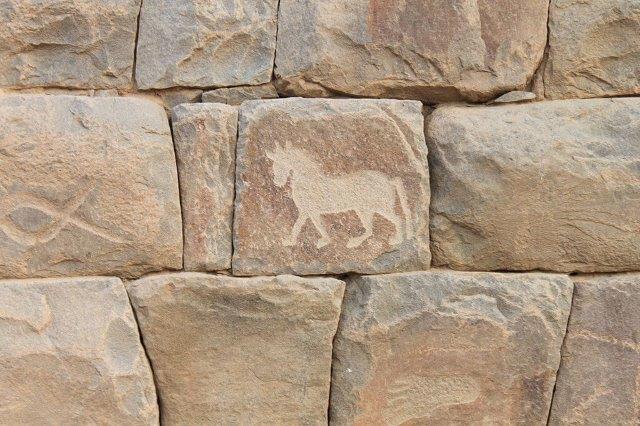
Najran Museum
The museum contains an exhibition hall, administration, space and drawing
laboratories, With Regional Battle Histories, Documents, Poets, Old Manuscripts,
Maps and Muskets.
Visit Times:
Morning period from (8) until (12) noon.
Evening period from (5) until (7) pm.
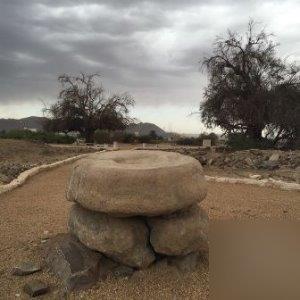
AlUkhdud Mine
It is considered one of the oldest mining operations in the world. It was Believed it carried out before the fourth century AD until the Abbasid period. At Al-Abala site there is a huge stone mill made of solid granite, one meter wide and one meter long, and specialists confirm that it was used to grind rocks containing the minerals of gold, silver, copper, zinc, lead and others.
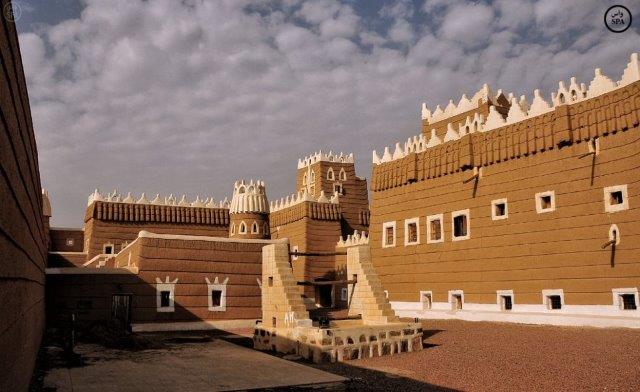
Province Palace
The palace is located on a total area of 6252 Sq-M, and it consists of three floors containing 65 rooms, on the first floor there is the Prince's Council and the place of reception of citizens, and in the courtyard of the palace is an ancient well next to the mosque, towers that have been built in its four corners as fortresses Impervious, and watchtowers.
